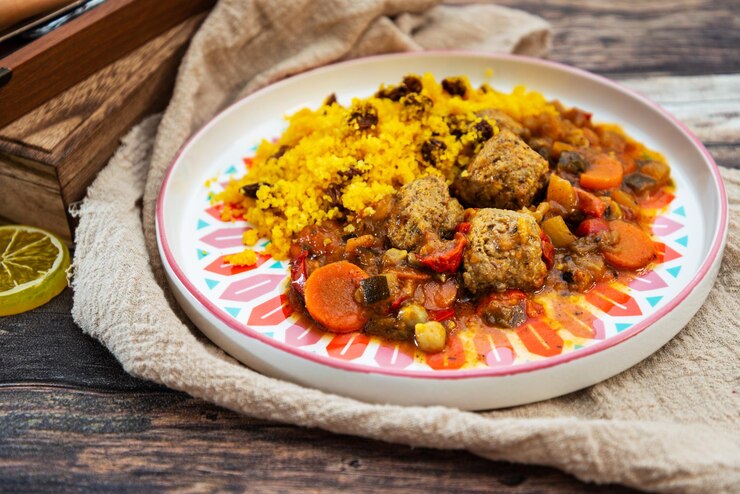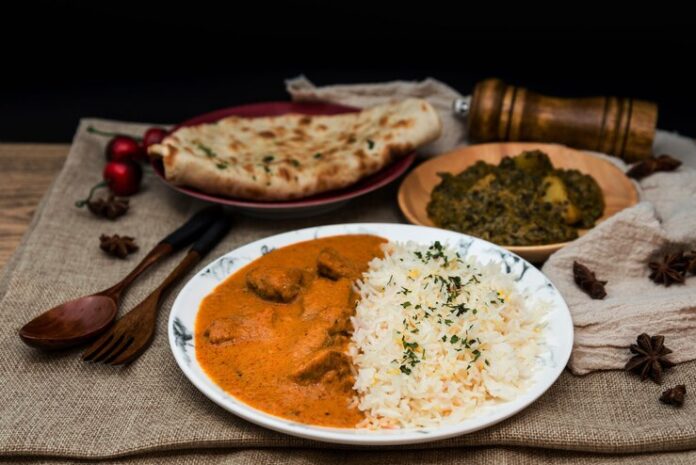In the vast culinary landscape, few grains have captured the hearts and taste buds of food enthusiasts quite like cuşcuş. This humble grain, with its rich history and remarkable versatility, has become a beloved staple in kitchens around the world. Whether you are a healthy eater, a food enthusiast, or a home cook looking to explore new flavors, this blog post will take you on a delightful journey through the world of cuşcuş. We will uncover its origins, explore its health benefits, share versatile recipes, and provide tips on sourcing and storing this magical grain. Ready to elevate your culinary game? Let’s dive in!
A Journey Through Time: The Origin and History of Cuşcuş
Cuşcuş, also known as couscous, has a storied history that dates back centuries. Originating from the Maghreb region in North Africa, this grain has been a dietary staple for Berber communities for generations. Traditionally made from semolina wheat, cuşcuş was crafted by hand, a labor-intensive process that involved rolling and steaming the granules to perfection.
Over time, cuşcuş spread across the Mediterranean and beyond, finding its way into diverse cuisines. In Moroccan culture, it is often served with rich, aromatic tagines, while in Tunisia, it is a symbol of celebration, gracing tables during festive occasions. Its adaptability and ease of preparation have cemented its place in the culinary traditions of many cultures.
Unlocking the Nutritional Power of Cuşcuş
For those who prioritize health and nutrition, cuşcuş is a true gem. This grain is not only delicious but also packed with essential nutrients that contribute to a balanced diet. Cuşcuş is rich in complex carbohydrates, providing a steady release of energy throughout the day. It’s also a good source of dietary fiber, which aids digestion and helps maintain a healthy gut.
Additionally, cuşcuş contains important vitamins and minerals such as B vitamins, iron, and magnesium. These nutrients play a crucial role in supporting overall health, from boosting energy levels to promoting strong bones. For those seeking a low-fat, low-calorie option, cuşcuş is an excellent choice. It’s a versatile base that can be incorporated into a variety of dishes, making it easy to enjoy the benefits of this nutritious grain.

Culinary Creativity with Cuşcuş
One of the most exciting aspects of cuşcuş is its versatility in the kitchen. From traditional recipes to modern culinary innovations, the possibilities are endless. Let’s explore some delightful ways to incorporate cuşcuş into your meals.
Traditional Recipes
In North African cuisine, cuşcuş is often paired with slow-cooked meats and vegetables. A classic Moroccan dish features tender lamb or chicken, simmered with spices like cumin, coriander, and cinnamon, served over a bed of fluffy cuşcuş. The grains soak up the rich flavors, creating a harmonious blend of tastes and textures.
Modern Innovations
For a contemporary twist, consider a refreshing cuşcuş salad. Combine cooked cuşcuş with fresh herbs, diced vegetables, and a zesty lemon vinaigrette. Add a protein source like grilled shrimp or chickpeas for a complete meal. This light and vibrant dish is perfect for a summer picnic or a quick weeknight dinner.
Sweet Treats
Cuşcuş isn’t just for savory dishes; it can also shine in desserts. Try a cuşcuş pudding with coconut milk, honey, and a sprinkle of cinnamon. The grains absorb the creamy sweetness, resulting in a comforting and satisfying dessert that’s sure to impress.
Sourcing and Storing Cuşcuş
To enjoy the best quality cuşcuş, it’s essential to know where to buy and how to store it properly. Look for cuşcuş in well-stocked grocery stores, specialty food shops, or online retailers. Opt for whole-grain varieties whenever possible, as they retain more nutrients.
Once you’ve brought your cuşcuş home, store it in an airtight container in a cool, dry place. Proper storage ensures that the grains remain fresh and free from moisture, preserving their texture and flavor. With these simple tips, you’ll always have a supply of fresh cuşcuş ready to elevate your meals.
Conclusion
Cuşcuş is more than just a grain; it’s a culinary canvas that allows for endless creativity and exploration. From its rich history and cultural significance to its impressive nutritional profile and versatile applications in the kitchen, cuşcuş deserves a special place in your pantry.

